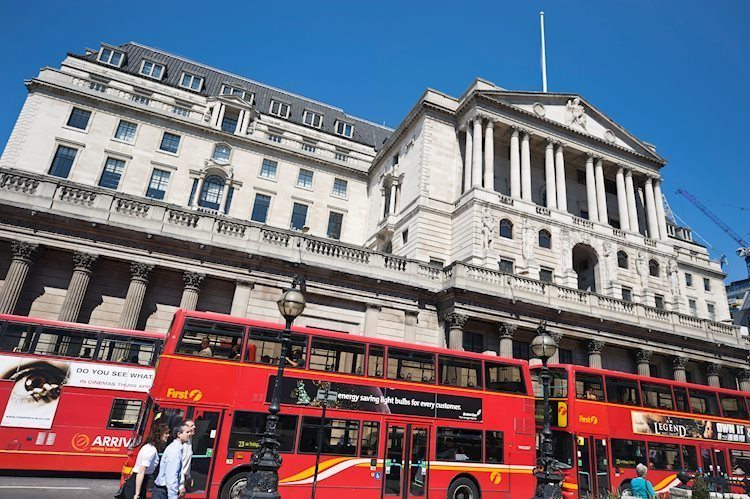The Bank of England (BoE) recently made the decision to start the rate cut process, with a close vote of five policymakers in favor and four against. BoE Governor Andrew Bailey played a crucial role in this decision. However, it was made clear that there is no set path for further rate cuts, and each meeting will determine whether monetary tightening can be eased further. This decision was seen as a more hawkish rate cut, with a focus on inflation and the expectation of higher year-on-year rates towards the end of the year due to base effects.
Inflation remains a concern for the BoE, especially in terms of services inflation. Unless there is a significant drop in inflation in the coming months, the BoE is likely to be cautious about further rate cuts. The market had initially priced in two more rate cuts for this year, but expectations have now corrected. It is more probable that the BoE will make one more cut this year, with further cuts being gradual. Bailey highlighted that growth in the early months of the year was stronger than anticipated, but this may not reflect the true underlying growth, indicating a potential slowdown ahead.
The decision to cut rates was influenced by the BoE’s concerns about future growth and inflation levels. Despite strong growth in the beginning of the year, there are indications of weaker underlying growth, prompting the BoE to anticipate a slowdown in the near future. Inflation has remained stubborn, particularly in services, and it is expected to increase towards the end of the year due to base effects. This cautious approach by the BoE suggests that further rate cuts will be considered carefully and implemented gradually.
The market initially priced in two more rate cuts for this year, but the BoE’s decision has corrected those expectations. It is more likely that there will be one more cut this year, with a gradual approach to any further cuts. Bailey reiterated the importance of monitoring growth indicators in the coming months, as the current strong growth may not accurately reflect the underlying economic conditions. Overall, the BoE’s decision to cut rates was influenced by a combination of factors, including concerns about inflation, growth, and the overall economic outlook.
The BoE’s decision to start the rate cut process reflects its concerns about the future trajectory of inflation and growth. The close vote and emphasis on a gradual approach to further rate cuts indicate a cautious stance by the BoE. While the market initially expected two more rate cuts this year, it is now more likely that there will be only one additional cut. The focus on inflation, base effects, and potential economic slowdown in the coming months will play a crucial role in shaping the BoE’s monetary policy decisions. Overall, the BoE’s decision highlights the importance of carefully balancing various economic indicators and factors to ensure stability and growth in the UK economy.











